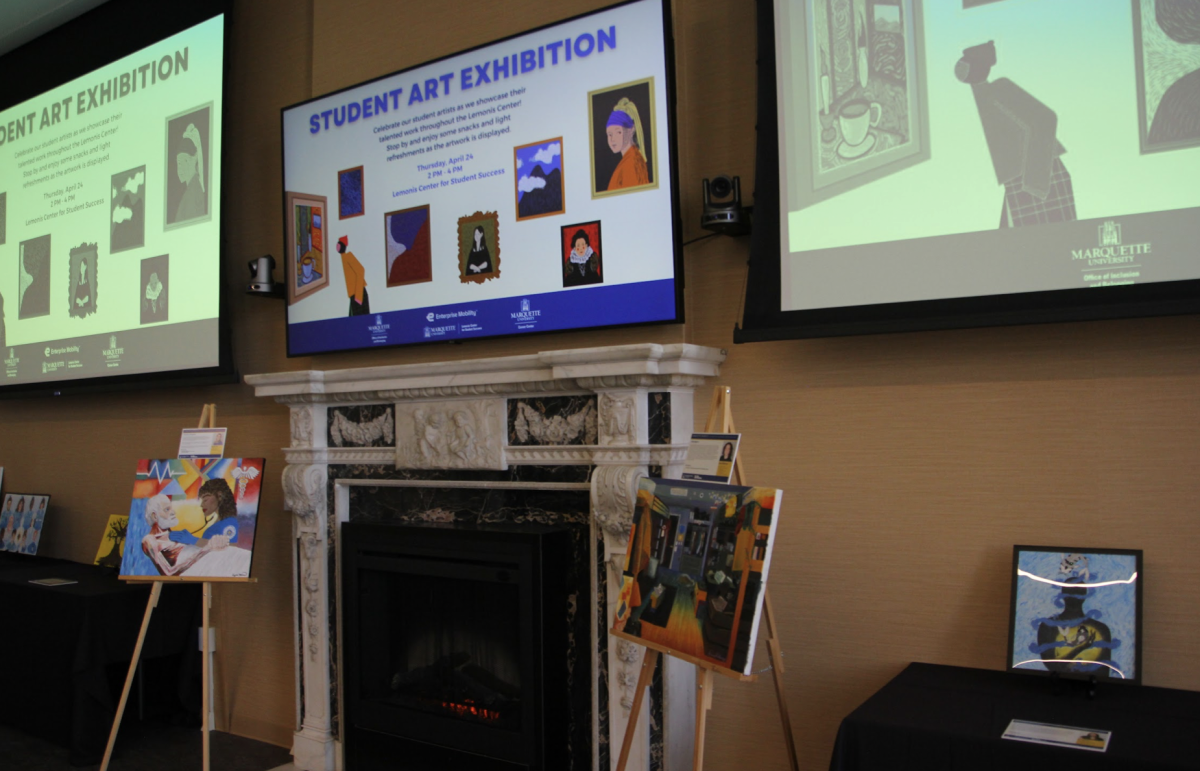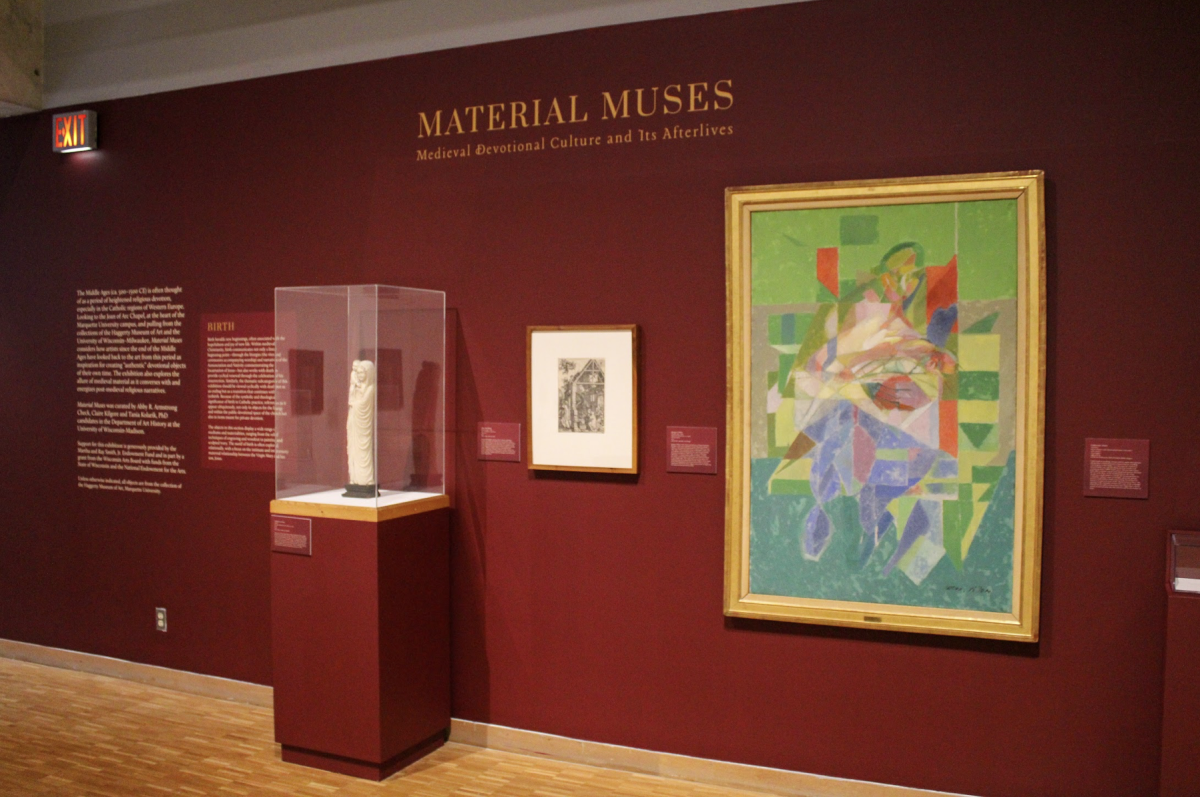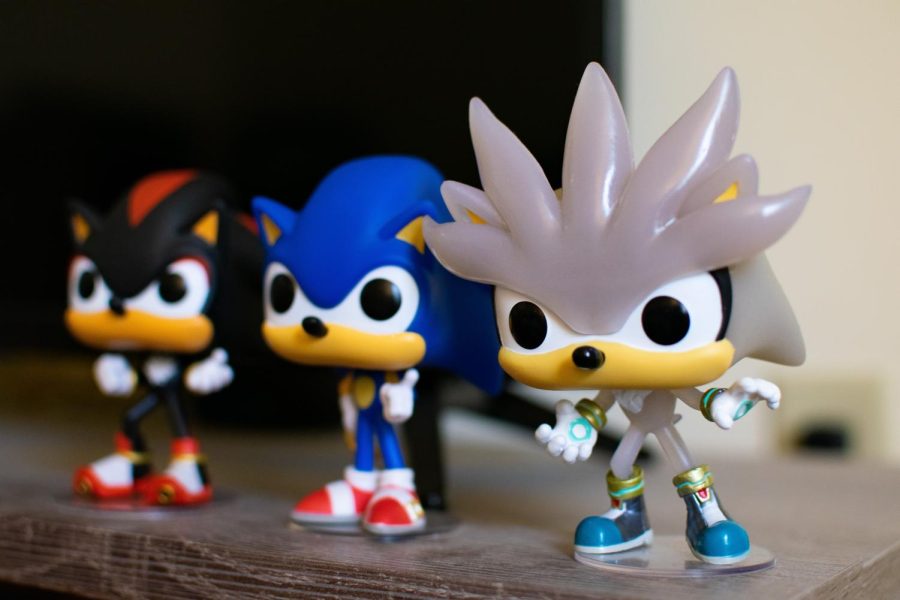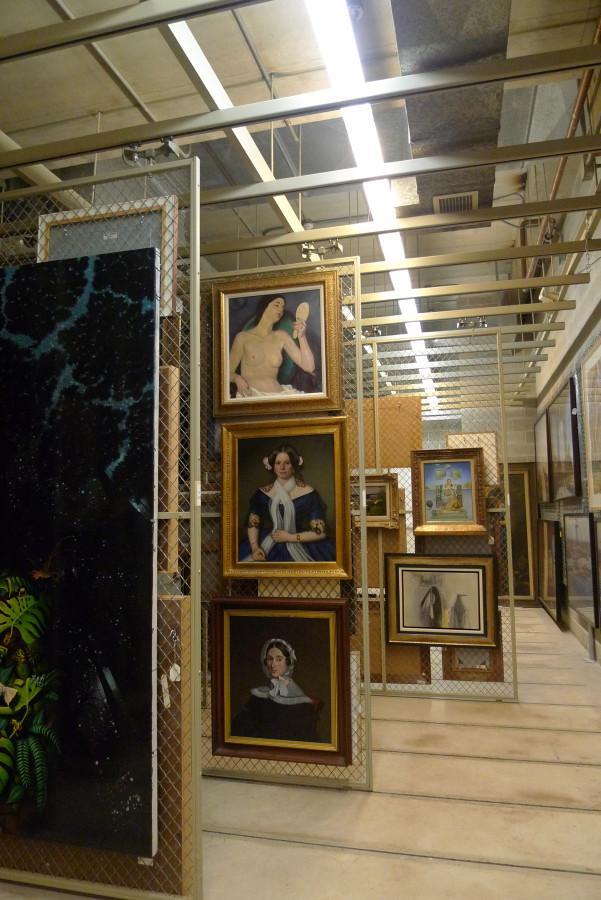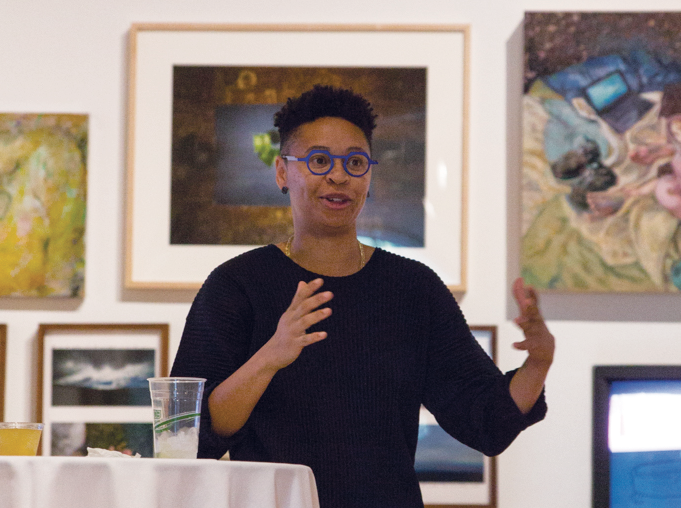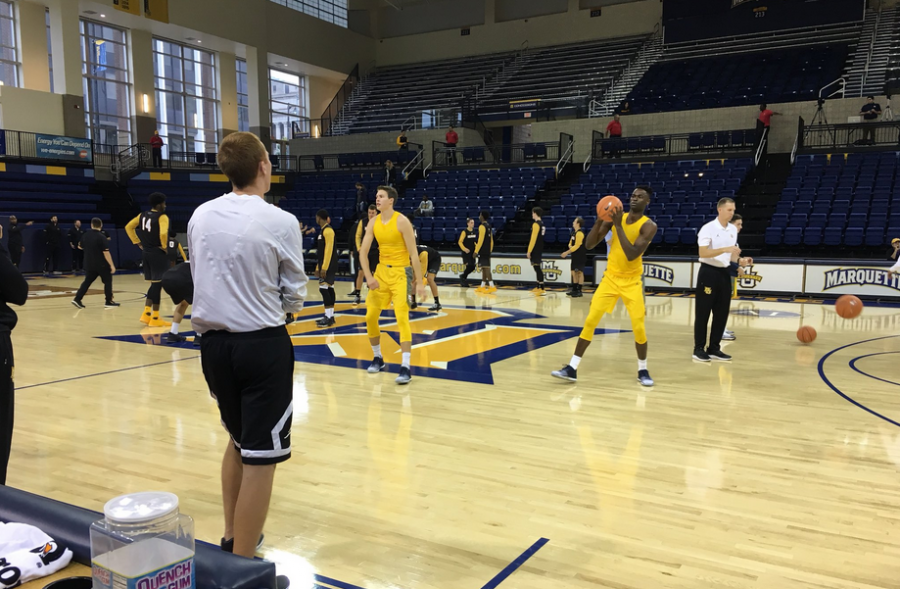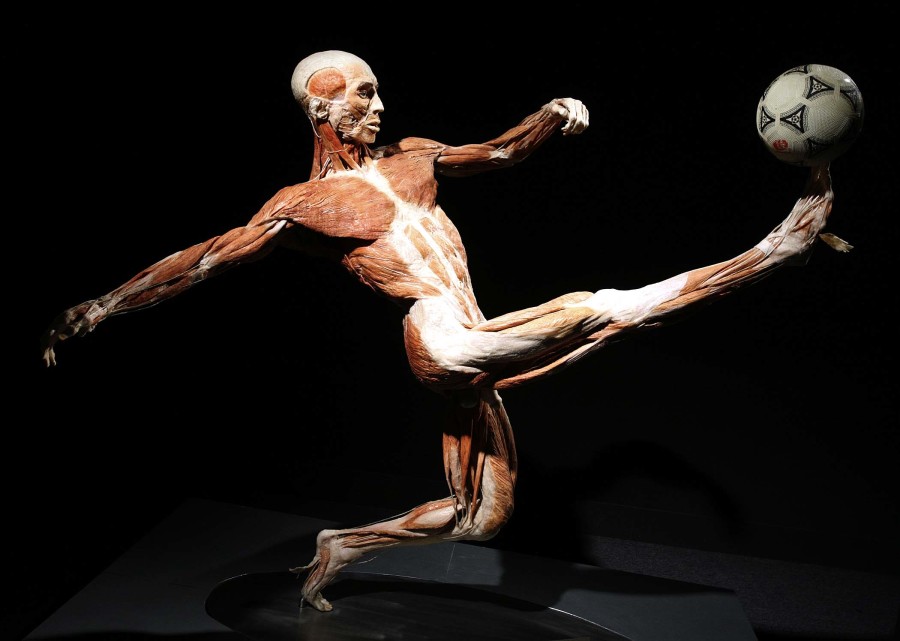 Whether or not it is immediately apparent, context influences everything. A film, a simple statement or even a piece of visual art will be understood differently depending on the time and place in which it is presented.
Whether or not it is immediately apparent, context influences everything. A film, a simple statement or even a piece of visual art will be understood differently depending on the time and place in which it is presented.
Even surrounding objects and environments can change interpretations. A true understanding of the power of context creates endless possibilities for artistic expression.
From Oct. 14 to Jan. 17, the Haggerty Museum of Art is presenting an exhibition that uses this power to its full potential.
“Pairings” presents works from the Haggerty collection in a completely innovative manner. Throughout the museum, visitors can be surprised and intrigued by the juxtaposition of works that may appear unrelated upon first glance.
Upon further examination, however, it is clear that the placement of the art is strategic. Works are “paired” based on different themes or elements common among the pieces.
One wall is dedicated to portraits of women, all executed in different mediums and styles. While some women are recognizable, such as Andy Warhol’s print of Jacqueline Kennedy, others are less glamorous and darker, such as a painted portrait of an unnamed Serbian Jewish woman.
Another wall does the same thing with men’s portraits. These pieces demonstrate the enormous variety that can be seen within one type of visual art: the portrait. On this wall, museum visitors can see everything from a miniature mounted sculpture of a man with a broken cup to an idealized religious portrait of St. Ignatius, to a Diego Rivera work depicting a googly-looking man with glasses.
The Passion of the Christ is displayed on yet another wall through the eyes of different artists. One large-scale work gives an intricate view into the crucifixion and resurrection of Jesus Christ, while the painting immediately to the left of this work shows Mary holding the emaciated body of Jesus in her arms, with two crucified men in the background.
Wally Mason, director of the Haggerty, said museum staff decided on this unique exhibition because they were looking for a way to put together a disparate group of works from the collection.
He said the pairings are a way of breaking down the typical means of putting an exhibition together, such as grouping based on style, medium or chronological order.
“I think the whole point of the exhibition is for the viewer to think about why works are paired with each other,” Mason said.
Mason said the pairings’ mixing and mashing of thinking has intrigued many students. For instance, the different ways in which women are portrayed in the exhibition has particularly interested viewers.
“People have been engaged in the mixing of periods of time, medium and approaches,” Mason said. “The one thing we like is that the show clearly displays that artists have worked on similar themes regardless of the century of creation.”
Mason said he particularly likes the photograph of Cancer Alley in Louisiana by Richard Misrach. He said the petro-chemical plant in the background of the photograph accelerated the deaths of many of those buried in the cemetery in the foreground.
This photo is juxtaposed with a work by Pol Cassel depicting a morbid scene of a couple walking next to a cemetery during one of the darkest decades in Germany, he said.
“I also like the three works that hang together that all have monkeys,” Mason said.
He said these three paintings consist of a Picasso work displaying a monkey on a man’s head, a Tappert piece of a silly little monkey to the right of a garishly painted nude and a Nicholas Africano piece illustrating a monkey next to a strange figure with a bizarre hat.
Kelly Mackey, a junior in the College of Heath Sciences, visited the exhibition on Monday. She said she liked the variety of pieces in each room and enjoyed how the time period and materials used varied from piece to piece.
“It helped to keep my interest since no two paintings looked alike,” Mackey said.
Mackey said two of her favorite pieces in the exhibition were floral works by Andy Warhol, which she viewed toward the end of her visit.
She said another favorite work was a colorful pairing of a woman holding her baby by Jacques Villion. This painting was more abstract and placed next to a realistic painting titled “The Holy Family,” which depicted the Virgin Mary holding baby Jesus.
“Pairings” is intended to celebrate the museum’s permanent collection for the celebration of its 25th anniversary this year. This re-visitation of the Haggerty’s works allows visitors to see these pieces in an entirely new light.
Annemarie Sawkins, associate curator for the Haggerty, said the idea for “Pairings” originated when curators were brainstorming how to celebrate the museum’s anniversary.
“The museum’s strength and history is certainly in its collection and also in the people that have contributed to that collection,” Sawkins said.
Works were acquired through donations from collectors and artists, bequests and museum purchases. New and old pieces alike are displayed.
According to the Haggerty’s Web site, several new works are displayed, as well as recently conserved paintings that have been newly researched and interpreted.
The Haggerty’s collection consists of works from the late nineteenth century onward, and Marquette has been actively collecting these pieces for over 100 years. The museum opened in 1984 in order to house this growing collection of art.


